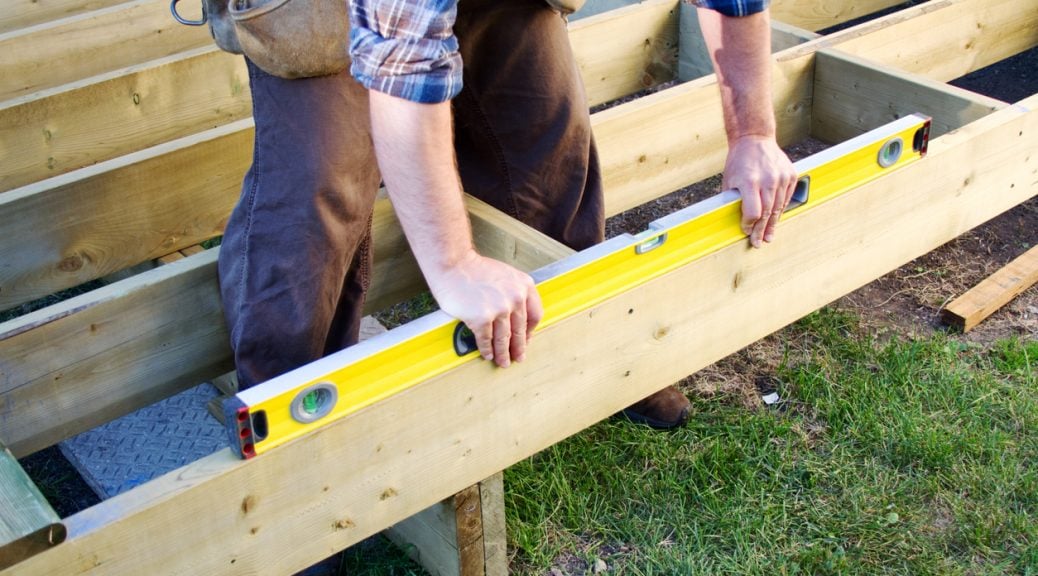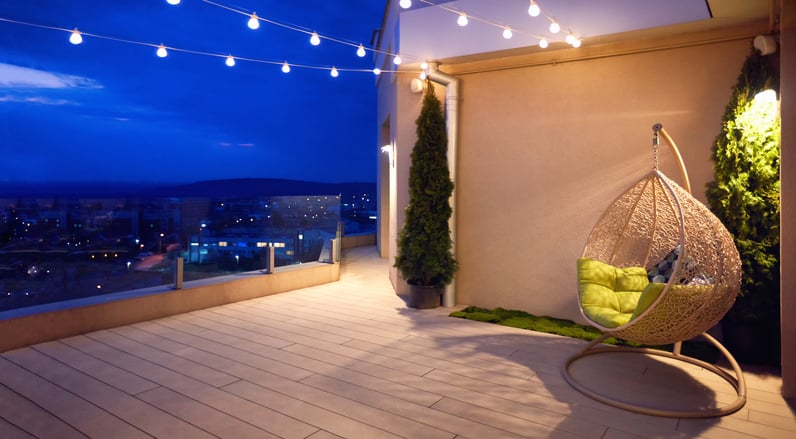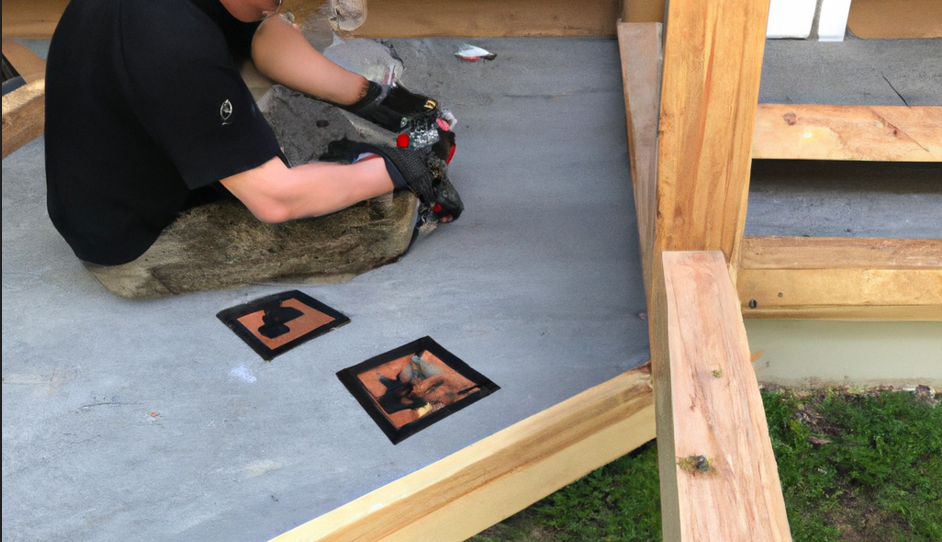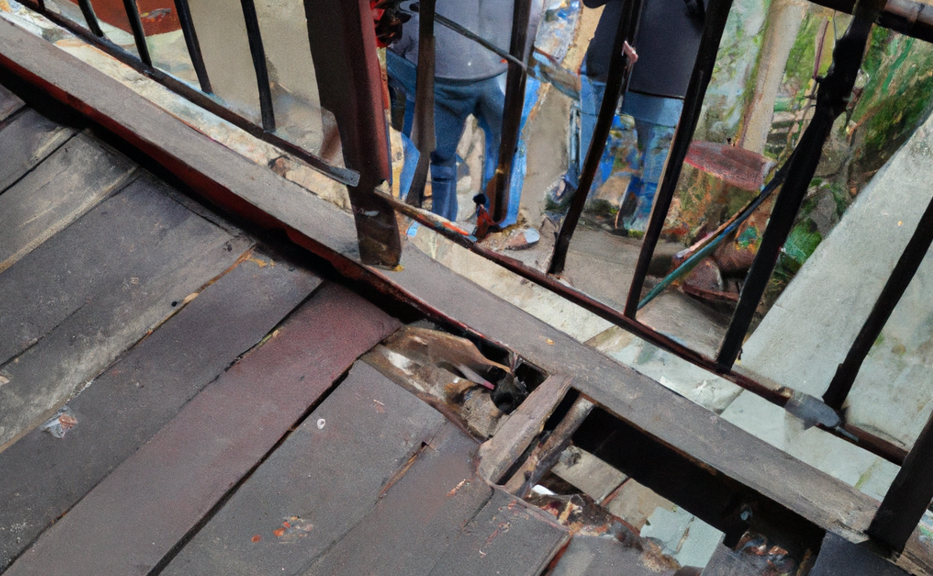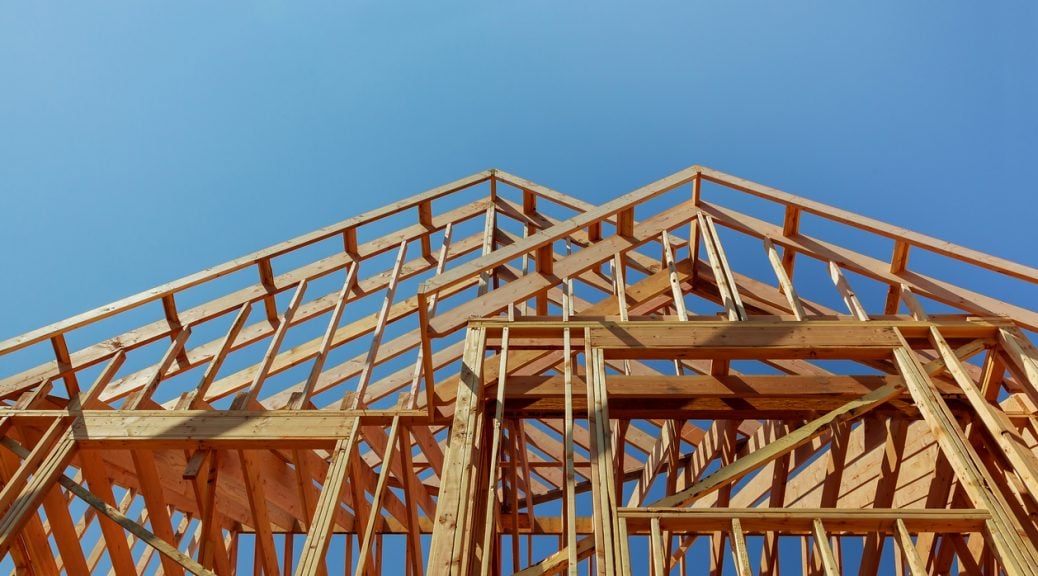Ensure you are informed and protected when purchasing Ipe wood by understanding the industry’s common malpractices. This guide outlines essential considerations for selecting ethical and reliable suppliers.
1. Misrepresentation as Importers
Beware of companies that claim to be direct importers of Ipe wood but frequently procure their stock from other distributors. Such misrepresentations can affect the wood’s traceability and legality, emphasizing the need for buyer diligence in verifying a supplier’s true source. 
2. Selling Other Species as Ipe
Some vendors may sell other wood species as Ipe, exploiting its appearance similarity when new. This deceit not only affects the quality and longevity of your purchase but can also impact your project’s integrity. Always seek proof of species through certifications or testing.
3. The Risks of Illegal Logging
Illegal logging practices, including the trade of “blood lumber,” pose significant ethical and legal risks. Importantly, purchasing illegally sourced lumber can lead to felony charges under U.S. law, regardless of the buyer’s awareness. Strict compliance with the Lacey Act and CITES is essential to avoid these serious legal consequences and to support sustainable forestry practices.
4. Deceptive Sizing Practices
Some companies market non-standard sizes of Ipe wood as superior, claiming benefits like enhanced stability. However, such claims can be misleading as unusual sizes may not offer the same performance and can complicate future repairs or extensions due to their rarity. Wider or thicker boards can be prone to issues like cupping, emphasizing the need for standard sizing and reliable supplier claims.
5. Financial Instability and Business Closure Risks
Investing in a company with financial instability risks your funds, especially if the business fails. Such suppliers might not fulfill orders or provide post-sale support, underscoring the importance of vetting the financial health and reputation of your Ipe wood supplier.
6. Inflated Claims of Company Longevity
Verify any claims a company makes about its history in the business. Some may exaggerate their experience to appear more reliable or established, which can be misleading and affect the level of trust and quality you expect.
7. Insufficient Customer Support and Expertise
A supplier lacking in knowledge or unable to provide adequate customer support can greatly impact your experience and project success. Ensure your supplier has a proven track record of expertise and reliable customer service.
8. Selling Lower-Quality or Short Boards
Companies offering lower-quality or short boards at reduced prices may seem appealing, but such materials can lead to increased waste, additional labor, and aesthetic concerns. Careful assessment of the wood’s quality and dimensions is crucial for your project’s success.
9. Failure to Stand Behind Products
Accountability is key in any transaction. Suppliers unwilling to address or rectify issues with their products can cause significant problems and additional costs. Choose suppliers with solid commitments and responsive support.
10. Short Shipping Issues
Receiving less material than ordered can disrupt your project and incur unexpected expenses. Ensure your supplier is reputable and has a history of accurate and complete deliveries.
Choosing Ipe Woods USA: A Commitment to Excellence and Integrity
By selecting Ipe Woods USA, you choose a partner known for its ethical sourcing, quality products, and exceptional customer service. We stand firmly against the industry’s malpractices, ensuring our clients receive the best Ipe wood while upholding environmental and legal standards. Trust Ipe Woods USA for your Ipe wood needs and support sustainable and responsible forestry practices.



